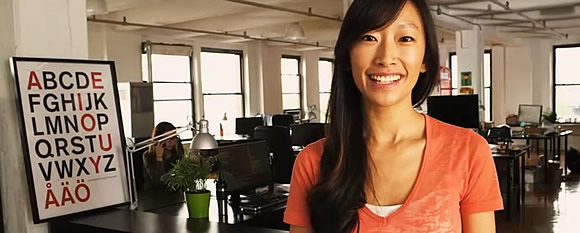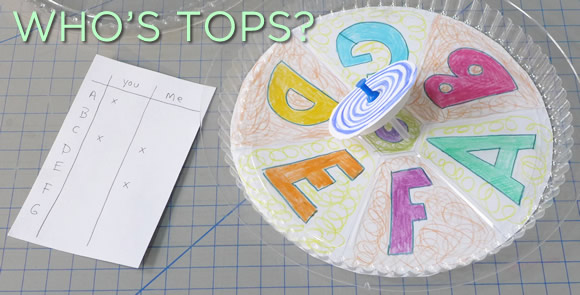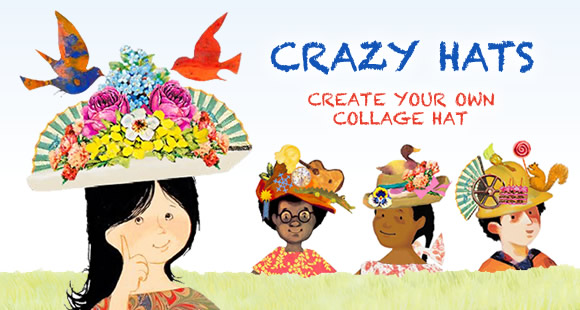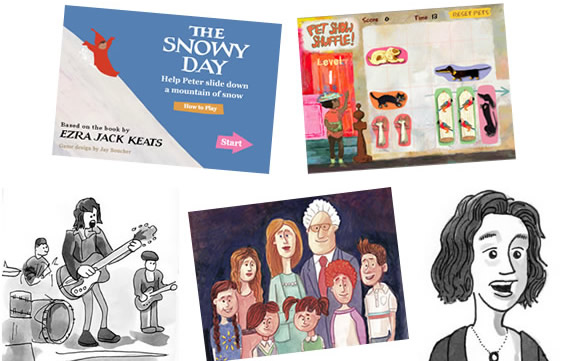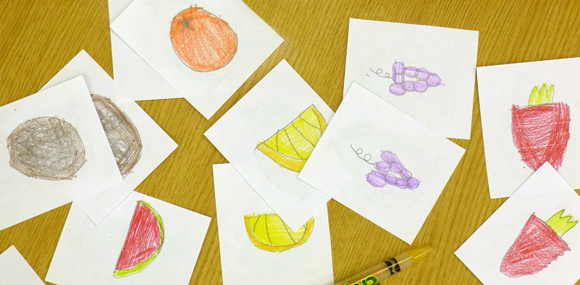
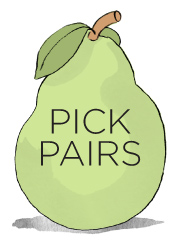 For our second class of "Let's Make Games" we created a set of memory match cards. Each student received a set of 16 cards on which to make 8 pairs of images. I had printed a drawing of a pear with the words "Pick Pairs" onto one side of the cards, making them a little harder to see through. Using fruit as the theme I walked everyone through the steps of drawing graphical fruits, from apples and oranges through strawberries and lemons slices. The children then duplicated their images and everyone had a fun set of cards to play with. One child bragged about how well he could remember and proceeded to demonstrate with a quick game of pair picking.
See more posts about this game design class →
For our second class of "Let's Make Games" we created a set of memory match cards. Each student received a set of 16 cards on which to make 8 pairs of images. I had printed a drawing of a pear with the words "Pick Pairs" onto one side of the cards, making them a little harder to see through. Using fruit as the theme I walked everyone through the steps of drawing graphical fruits, from apples and oranges through strawberries and lemons slices. The children then duplicated their images and everyone had a fun set of cards to play with. One child bragged about how well he could remember and proceeded to demonstrate with a quick game of pair picking.
See more posts about this game design class → 